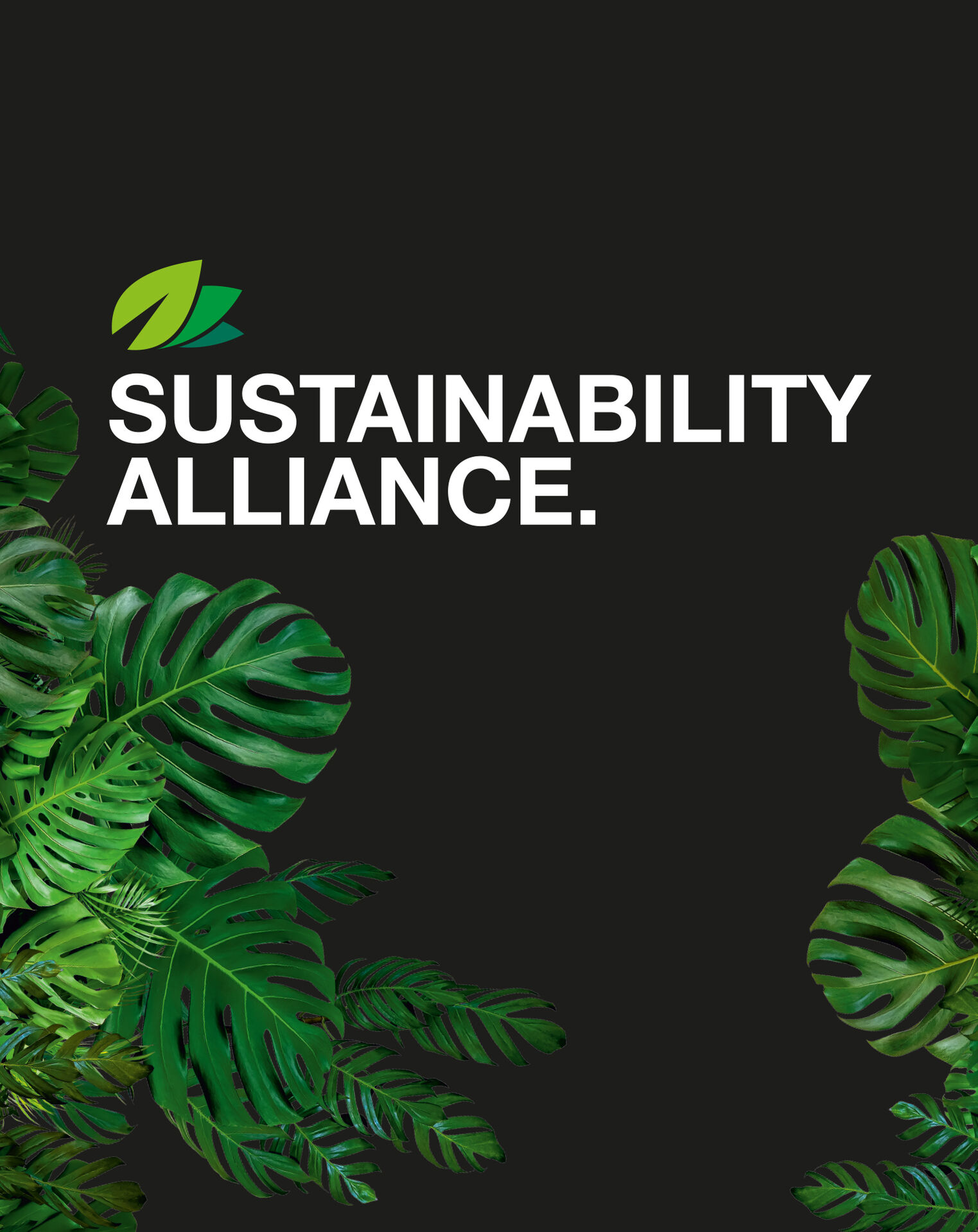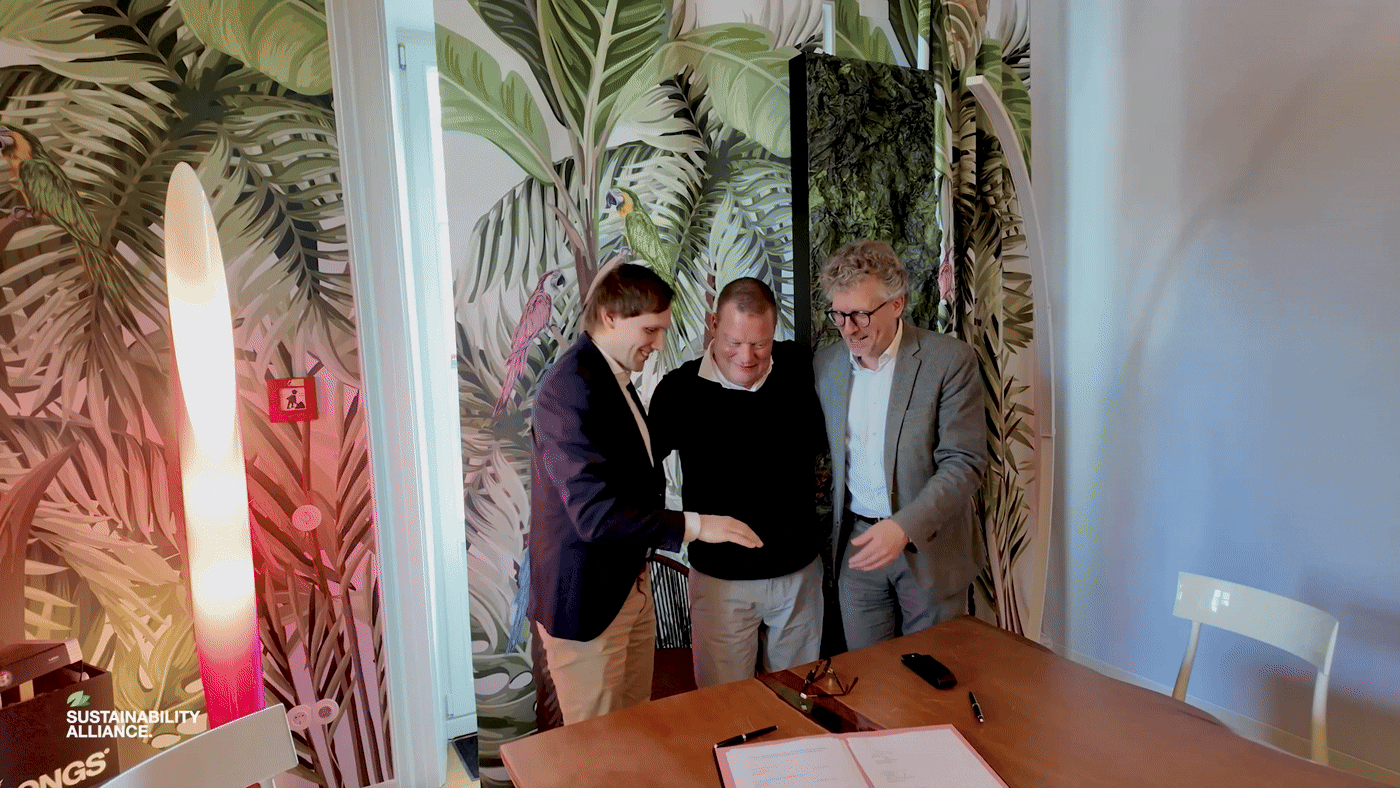Sustainability has long since become more than just a trendy buzzword. It has evolved into a crucial success factor for companies across all industries, influencing both value chains and customer purchasing decisions.
To move beyond mere greenwashing and generate truly reliable data, Procedes – as a digital printer and producer of frame systems – has joined forces with textile manufacturer PONGS and exhibition stand builder mac. brand spaces to launch the Sustainability Alliance.
This initiative stands for concrete, scientifically grounded measurements as the foundation for joint development work. Each partner contributes their expertise to sustainably transform the entire value chain.
A key element of the Sustainability Alliance is the comprehensive life cycle assessment led by the Fraunhofer Institute. This neutral, independent oversight ensures that all relevant data is collected and analyzed with scientific rigor – from raw material sourcing and processing to use and recycling.
The Fraunhofer Institute focuses in particular on the carbon footprint of production (Scope 1 and 2 – according to the Greenhouse Gas Protocol) as well as the indirect emissions along the entire value chain (Scope 3), which often account for the largest share of environmental impact.
Together with the Fraunhofer Institute, this forms the foundation for capturing emissions in “real time” and actively working to reduce them.
Life cycle assessment: Reliable data instead of assumptions
The practical relevance of this data collection becomes especially clear when looking at indirect emissions in Scope 3. This is often where the majority of greenhouse gases are generated – for example, through transportation, further processing steps, or disposal.
With scientific support, the participating companies – such as textile manufacturers, printing companies, exhibition stand builders, or recycling firms – can more accurately analyze their specific contributions within the value chain and work together to identify potential areas for improvement.
In addition to delivering valid results from life cycle assessments, the Sustainability Alliance pursues the ambitious goal of establishing a true circular economy ("Cradle to Cradle") for graphic products used in live communication – from raw material sourcing and production to usage, potential life extension, return, recycling, and reintegration into the cycle.
This includes in particular:
-
Multiple use of frame systems
Frames or systems should not be used as disposable products at trade fairs or events, but should be reused or recycled according to precise specifications.
-
Use of recyclable textiles
Whether single-origin fabrics or textiles with a high recycled content, the end of their service life can be designed in such a way that recycling - preferably in a closed loop - becomes a realistic option through targeted material selection.
-
Reduction of transport emissions
Partners and the respective suppliers already operate regionally in many cases in order to shorten transport routes. Synergies in storage, logistics and distribution are also intended to improve the CO2 balance within the network.
-
Further expanding sustainable product lines
The Sustainability Alliance already offers the most CO2e-neutral graphic products for live communication on an industrial scale in Europe. The continuous further development of these product lines, for example through new materials or processes, remains a key focus.
Benefits for all partners involved and the entire industry
The scientifically validated inventory of the ecological benefits of textile prints and frame systems not only increases customer confidence in the “greener” product, but also strengthens the position of the entire industry compared to alternative materials (such as plasterboard or other panel materials). End customers, who are themselves bound by ESG sustainability reporting obligations, are specifically looking for environmentally friendly solutions.
The Sustainability Alliance aims to:
- Create transparency: Figure-based evidence of lower emissions is becoming increasingly important in the procurement process.
- Leverage competitive advantages: A verified sustainable product clearly differentiates itself on the market from “green” promises with little evidence.
- Drive collaborative innovation: A truly circular economy requires knowledge and commitment along the entire value chain. Barriers can be broken down more quickly by working together than alone.
The Sustainability Alliance combines concrete corporate goals with a scientifically sound approach. Data and facts replace empty phrases and myths, and collaborative innovation leads to practical solutions. The sustainable orientation of each individual process step results in products that offer added value both ecologically and economically.
The success of this alliance stands and falls with the networking of the players. The fact that established market partners such as Procedes, PONGS and mac. brand spaces are already actively investing in research and development is just as important as their openness to partners and innovations. This sets an example for responsible business with the aim of making graphic products in live communication not only more sustainable, but also a natural part of a resource-conserving future in the long term.







![[Translate to English:] Round textile sculptures in white hang from the ceiling.](/fileadmin/_processed_/f/7/csm_cta-procedes_b2c2ad64de.jpg)



